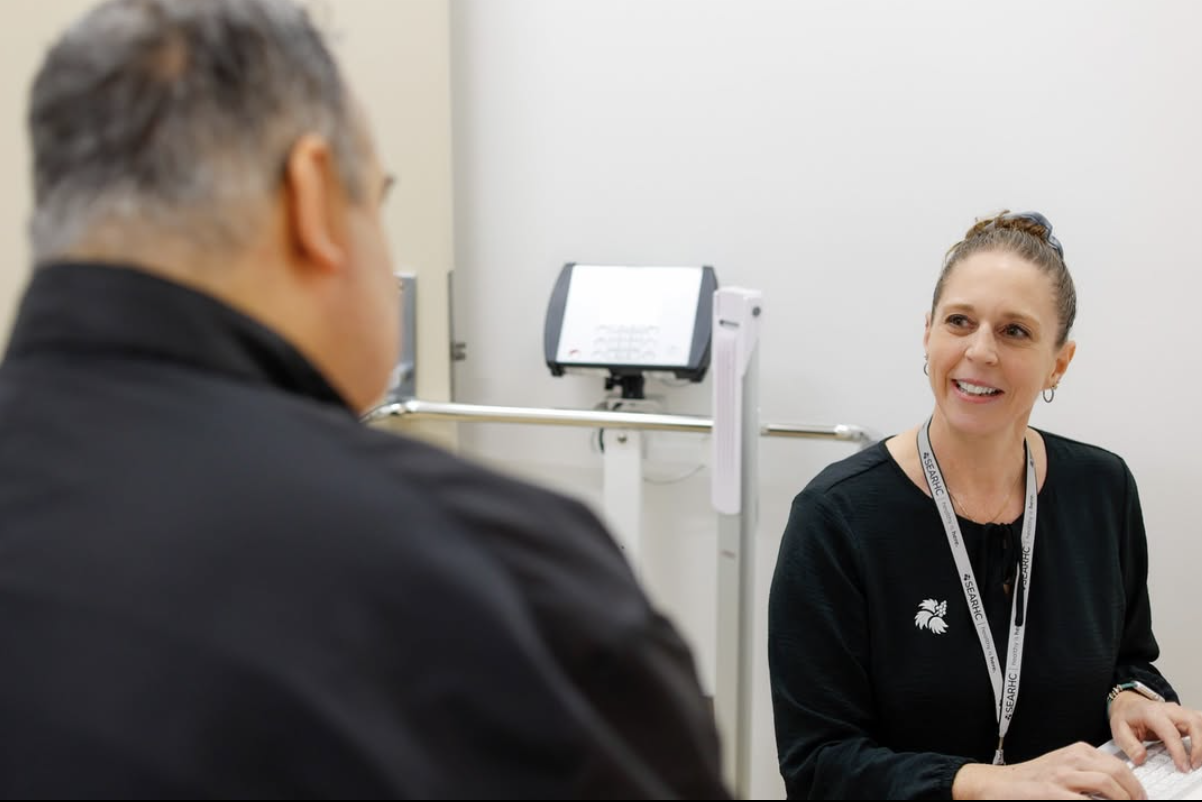
- Details
- By Elyse Wild
The SouthEast Alaska Regional Health Consortium (SEARHC) launched an evidence-based opioid treatment program at the Recovery In SouthEast Wellness Center in Ketchikan on Jan. 13.
The program provides addiction treatment services to the Ketchikan community, adding to SEARHC's existing opioid treatment program (OTP) locations in Juneau, Klawock, and Sitka. Ketchikan Indian Community, Alaska’s second-largest federally recognized tribe, includes more than 6,000 citizens.
The expansion stems from a collaboration between SEARHC, the Ketchikan Indian Community, and the Ketchikan Tribal Business Corporation.
The U.S. overdose crisis, once driven by the over-prescription of opioid medications and now by the proliferation of fentanyl — a highly lethal synthetic opioid — has hit rural communities and American Indian/Alaska Native (AI/AN) communities particularly hard.
While national overdose rates declined last year, they rose among AI/AN populations around Indian Country. Overdoses in Alaska jumped by 58% in 2022-2023, the highest jump among all states during that period.
Dr. Corey Cox, SEARHC medical director of addiction services, emphasized the critical need for treatment options in the region.
"These numbers are alarming and underscore the urgent need for comprehensive, accessible treatment options,” Cox said in a statement.
Ketchikan Indian Community Tribal Council President Norman Skan told Native News Online that it can be difficult to get “hard and fast” numbers about overdoses in the community due to stigma.
“It’s not often talked about, but we know that it is happening,” he said. “We are a close-knit community, so it affects us all.”
Skan said the tribe has long-term plans to open an inpatient healing center for opioid use, but the partnership with SEARHC brings help to tribal members who need it now.
SEARHC has been providing substance use disorder treatment by opening clinics throughout southeast Alaska, Skan said. “The experience they have and the ability to move fast made them the logical choice for the partnership. We are really excited about opening up the inpatient facility down the road, but I am really happy that we are doing something now.”
SEARHC's OTP program integrates two FDA-approved medications — buprenorphine and methadone — with counseling and behavioral therapies. This approach, known as medication-assisted treatment (MAT), has been proven to reduce overdose risks, prevent harm from substance use, and decrease hospitalizations and deaths related to opioid addiction.
According to Skan, the community response to the treatment center opening has been overwhelmingly positive.
“Our members that are using [opioids] have a breakdown in family structure,” he said. “And that is who we are targeting with the clinic opening up.”
More Stories Like This
Johns Hopkins Collecting Tribal Success Stories from $1.5B Opioid SettlementArizona MMIP Task Force Holds Listening Session for Survivors and Families
‘A good stew is a story’ Blackfeet buffalo rancher shares Three Sisters Buffalo Stew recipe
National Indian Health Board Urges Congress to Extend Enhanced Premium Tax Credits
$1.25 Million Grant Gives Hope to Tolowa Dee-ni' Nation Amid Housing Crisis


